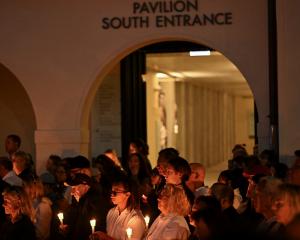You are not permitted to download, save or email this image. Visit image gallery to purchase the image.
0 Comments
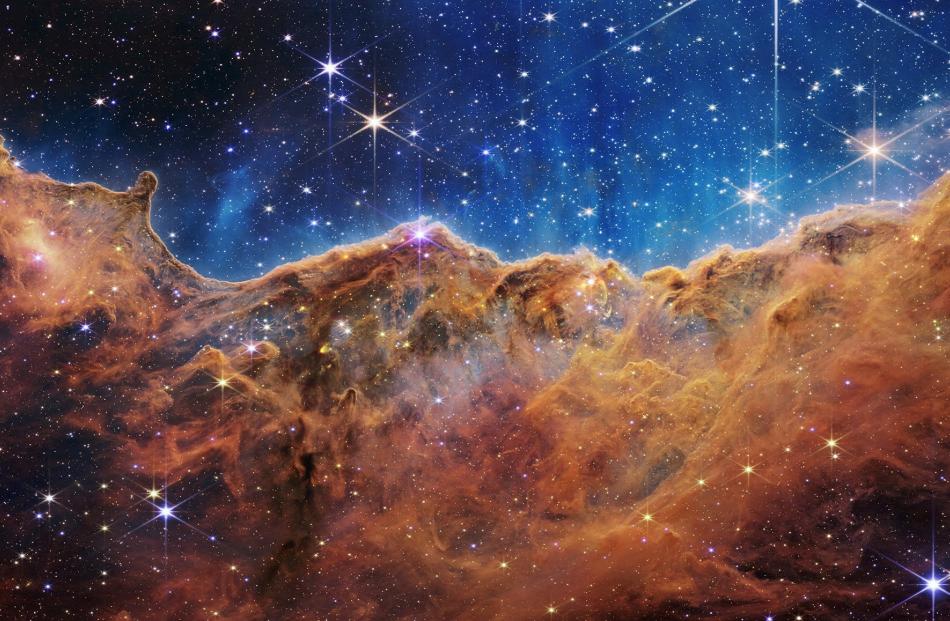
The Cosmic Cliffs of the Carina Nebula are seen in an image divided horizontally by an undulating line between a cloudscape forming a nebula along the bottom portion and a comparatively clear upper portion. PHOTO: REUTERS
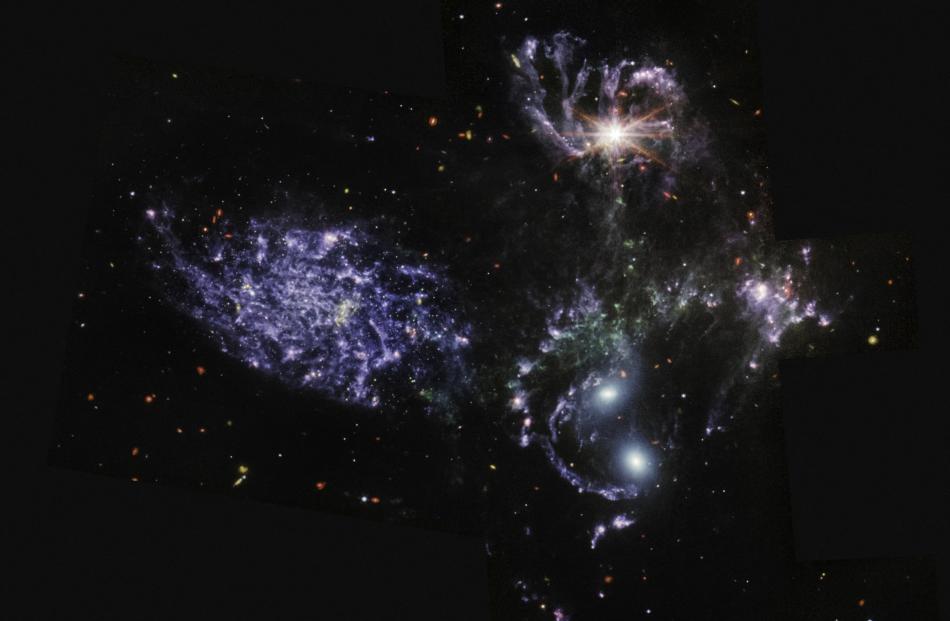
Stephan’s Quintet, a collection of five galaxies, as seen by the mid-infrared instrument part of the telescope. PHOTO: REUTERS
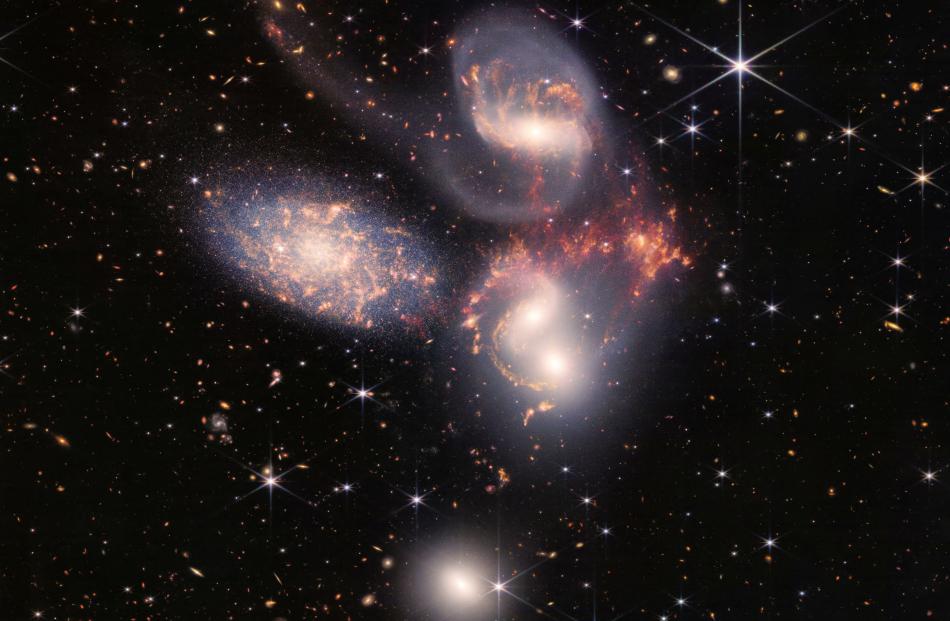
A group of five galaxies that appear close to each other in the sky: two in the middle, one toward the top, one to the upper left, and one toward the bottom. PHOTO: REUTERS
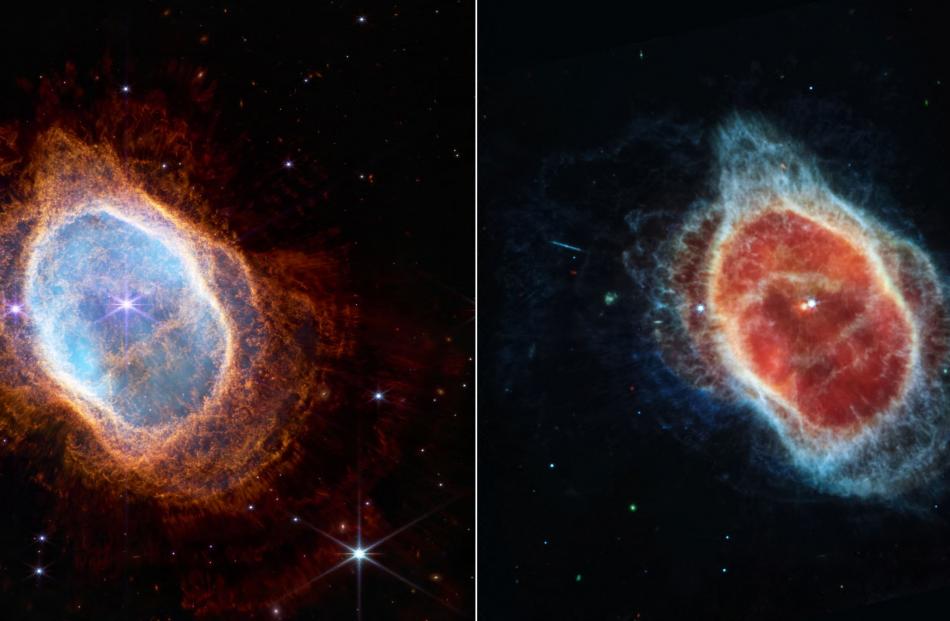
Two side-by-side images show observations of the Southern Ring Nebula in near-infrared light (left) and mid-infrared light. PHOTO: REUTERS
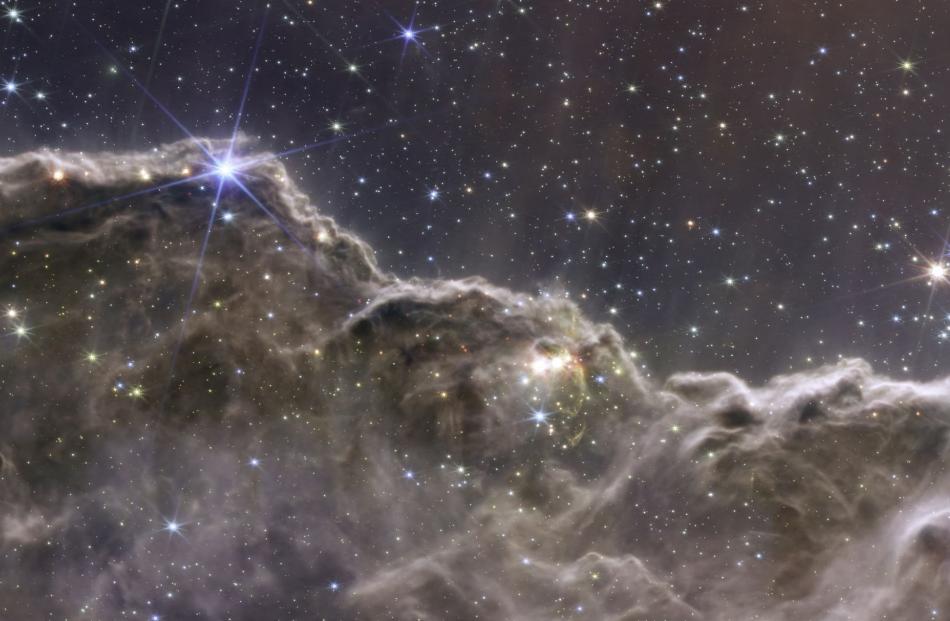
A composite image of the Cosmic Cliffs in the Carina Nebula. PHOTO: REUTERS
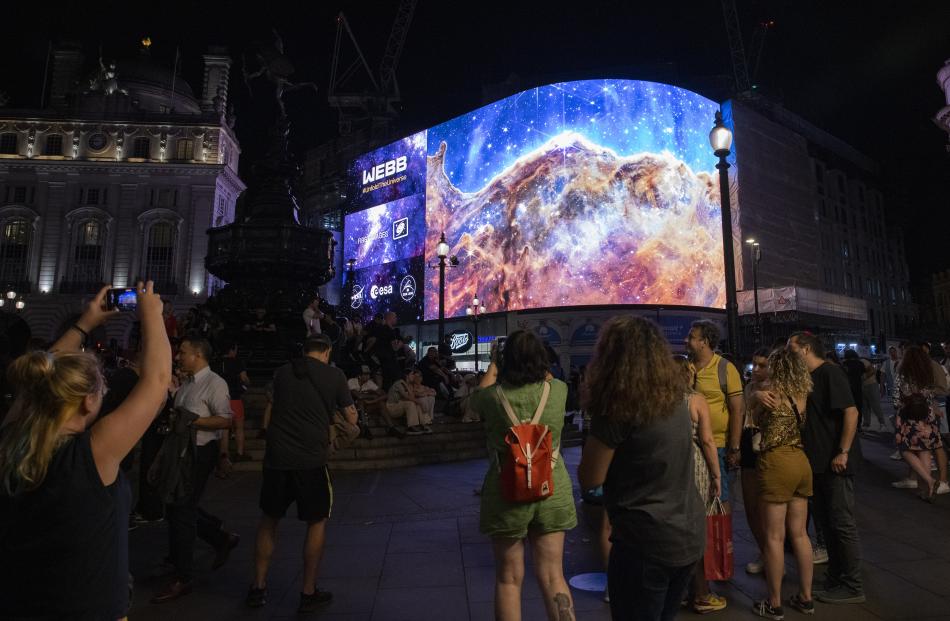
Spectators look at the broadcast of Nasa’s first images from James Webb Space Telescope on screens in Picadilly Circus, London, yesterday. The imagery from the telescope was also broadcast to screens in New York’s Times Square. PHOTO: GETTY IMAGES
These images were taken by Nasa’s James Webb Space Telescope which is designed primarily to conduct infrared astronomy.
As the largest optical telescope in space, its greatly improved infrared resolution and sensitivity allows it to view objects too old, distant, or faint for the Hubble Space Telescope.













